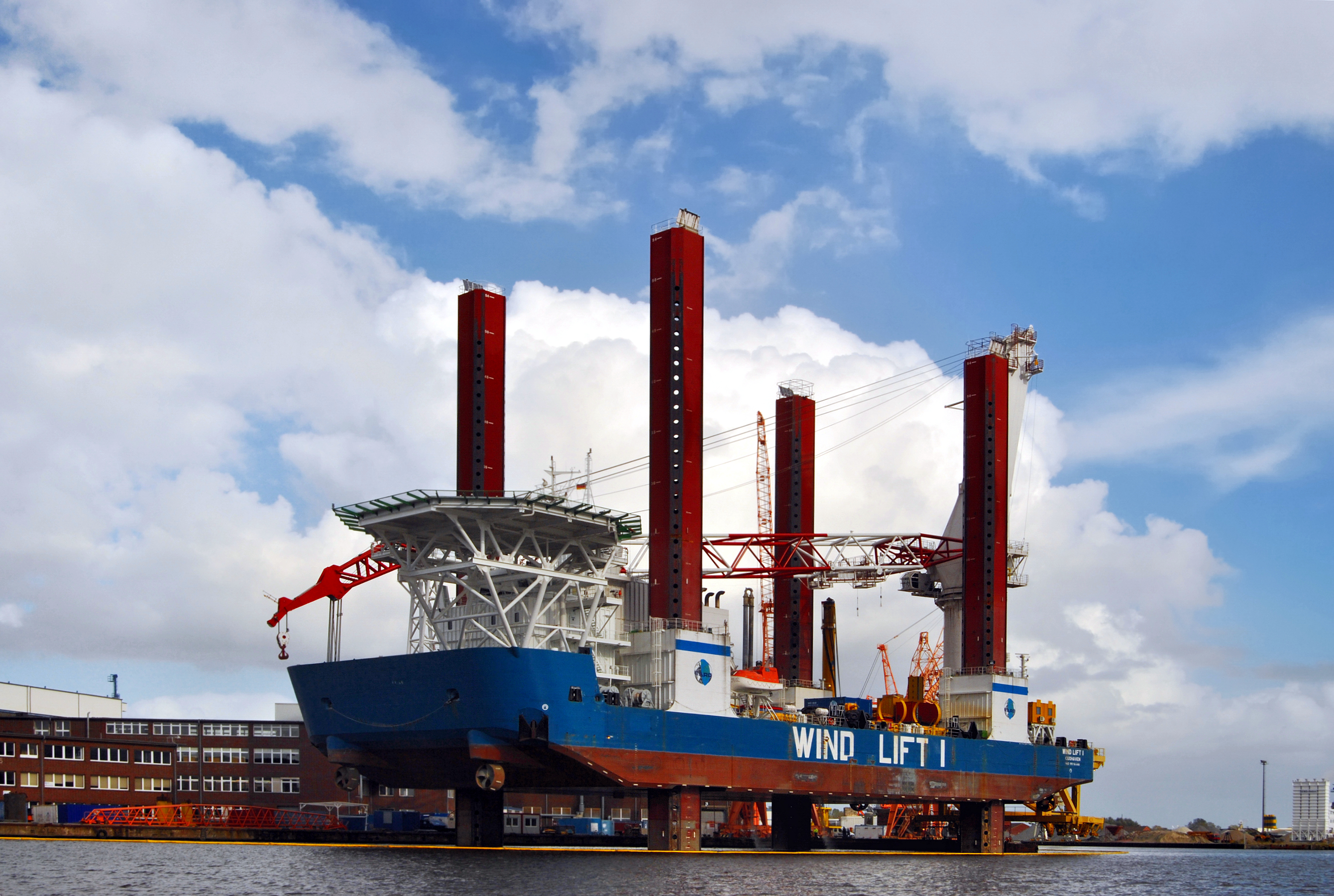Growing use of steel in oceangoing vessels
by Dinesh
Posted on March 21, 2018 at 12:43 PM

Oceangoing vessel structures are controlled by the ships central goal and planned administration. Despite the fact that steel is infrequently considered as a contender for oceangoing vessels' structures, its uses all through the oceangoing vessel building industry are numerous and changed, as you will see from this segment. These decide an oceangoing vessels size, intricacy and the capacity of the basic segments. Compound tankers speak to the biggest tonnage applications, as the essential need is for a material that is solid, effectively created, to a great degree sturdy and fit for being altogether cleaned when a difference in the payload is included.
There are intrinsic vulnerabilities in the heaps forced on the oceangoing vessel structure on account of the arbitrary idea of the heaps forced by the marine condition. Steels are every now and again decided for tanker linings, for their prevalent consumption protection as well as for their high return quality, a crucial thought for structures, for example, bulkheads where the results of mechanical disappointment can be calamitous.
Major factors:
Dissimilar to a settled, arrive based structure, an oceangoing vessel gets its whole help from the lightness gave by a liquid, which transmits these heaps to the frame structure. Press bodies supplanted wooden bodies in the second 50% of the eighteenth century, to be followed up by steel. With the flawlessness of marine steam motor innovation, steam controlled motors started to be brought into timber oceangoing vessels, at first oar steamers, at that point different types of compound motors with their related iron heaters and boilers for burning energizes to make steam.
From that point forward seagoing oceangoing vessels and inland canal boats are by and large consistently outlined with a few steel evaluations and shapes. Steels are the most widely recognized materials being utilized for ship building. These steels are somewhat to meet strict necessities, for example, adaptability, quality, weldability, high manufacturability, and cost, reparability, and so forth. Where protection from ocean water consumption is the overwhelming prerequisite, for instance for oceangoing vessels' deck and lodge fittings and for seaward oil and gas stages, the all the more exceedingly alloyed, molybdenum-containing kinds of steel make their mark.
Important factors:
The present-day steel ship building includes the creation of a complex steel structure, into which an extensive variety of instant hardware is settled. Shore-based structures, for example, harbor railings and gratings, give comparable cases since the salt-loaded climate can be near as harming aground as it is adrift. Today the central crude material is steel plate and the design of an advanced shipyard is organized to encourage the stream of steel got from the steel plant through the different procedures of making out, cutting, bowing, welding, creating subassemblies, and last erection of the pre-assembled units into the body and the superstructure.
Contingent on the seriousness of the application, the decision can be produced using an extensive variety of super-austenitic and super-ferritic. Ship building customarily utilizes auxiliary steel plate to manufacture oceangoing vessel frames. Current steel plates have considerably higher rigid qualities than their forerunners, improving them much suited to the productive development of extensive limit oceangoing vessels.